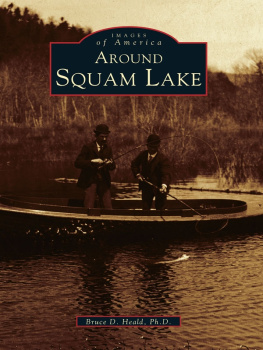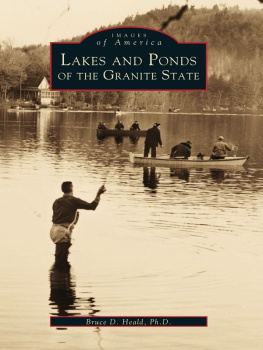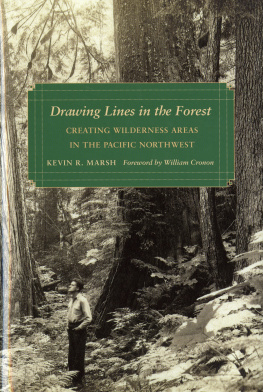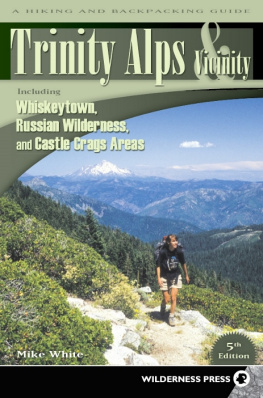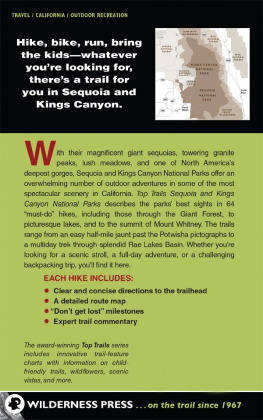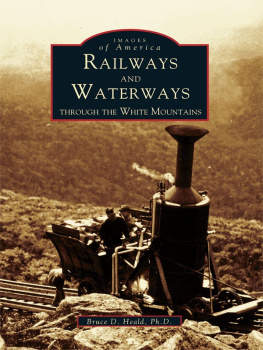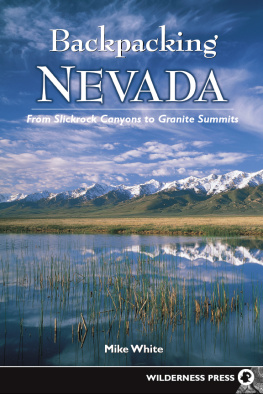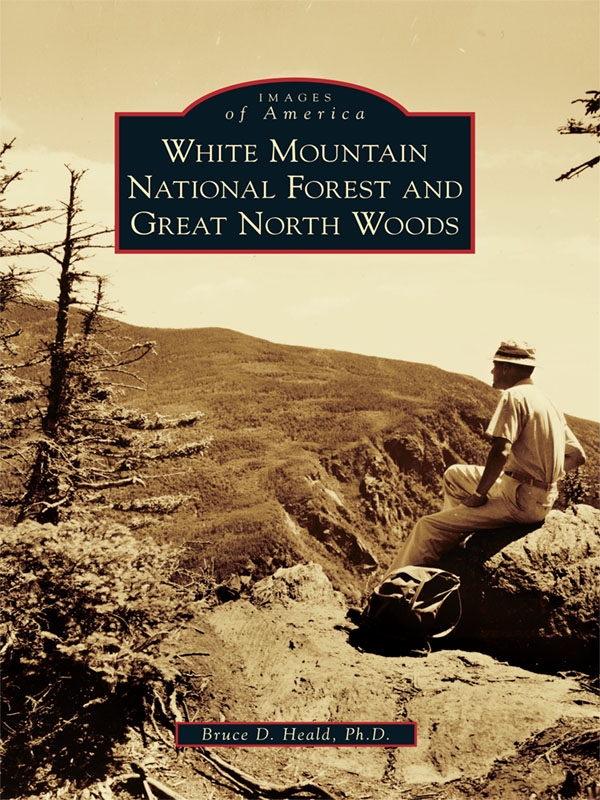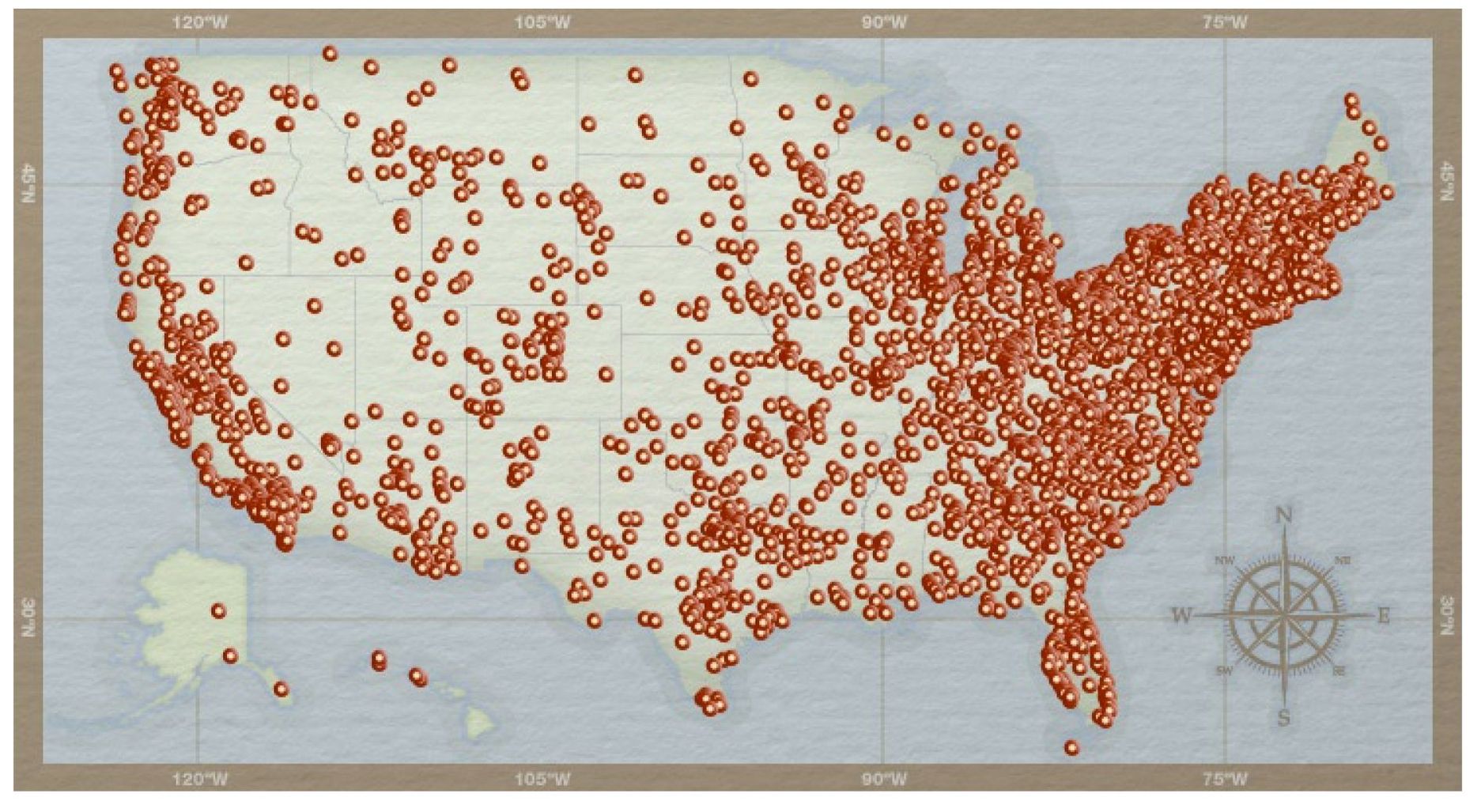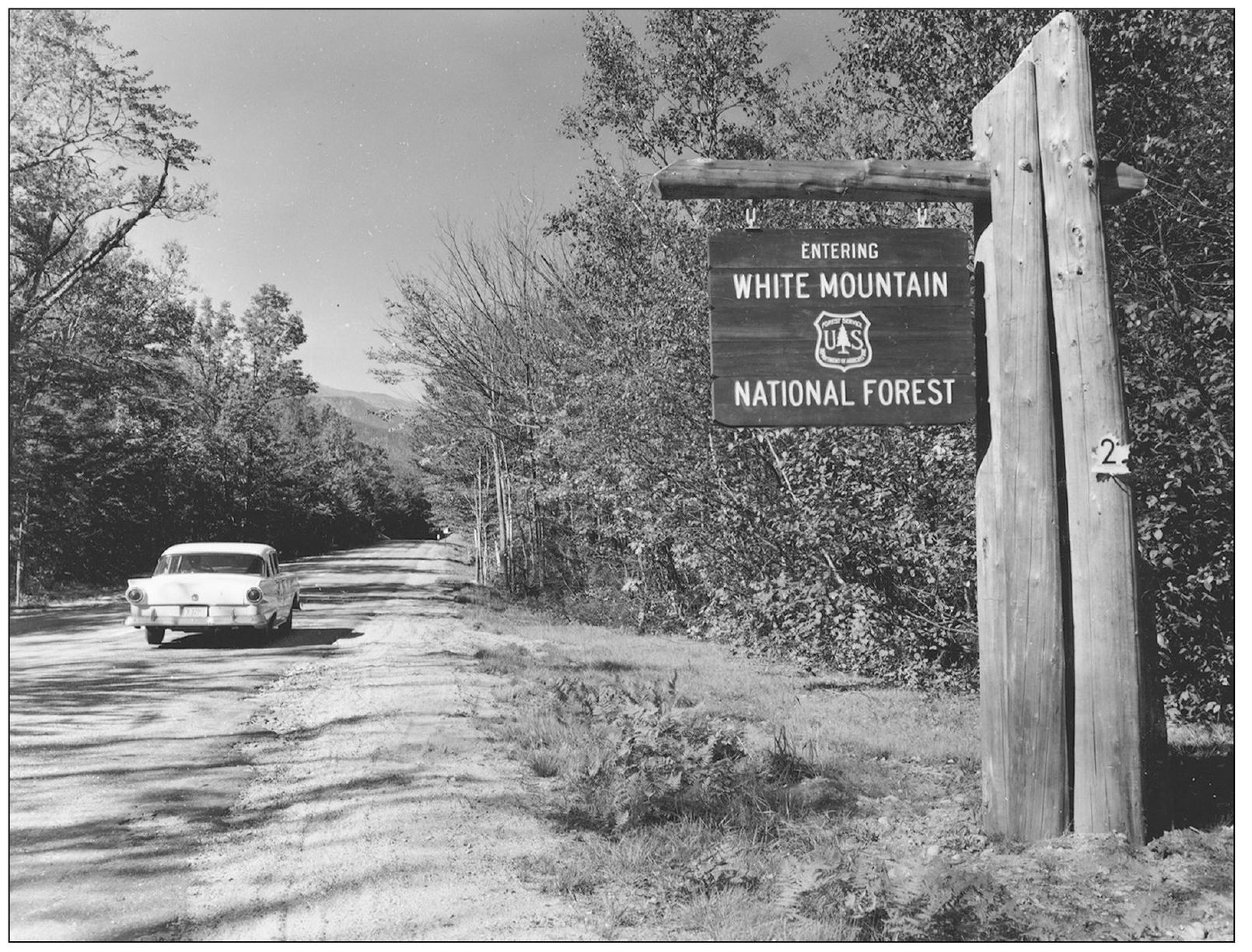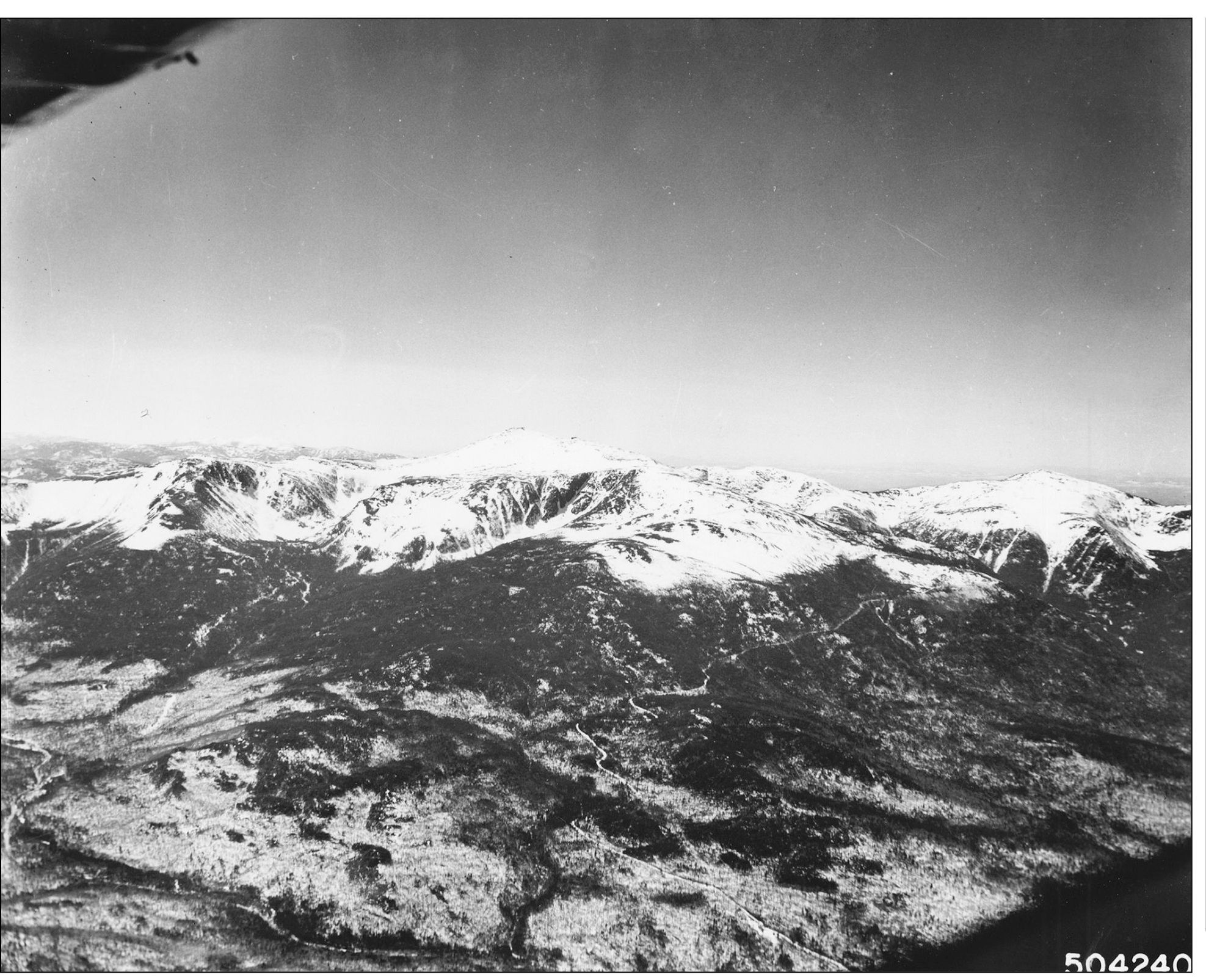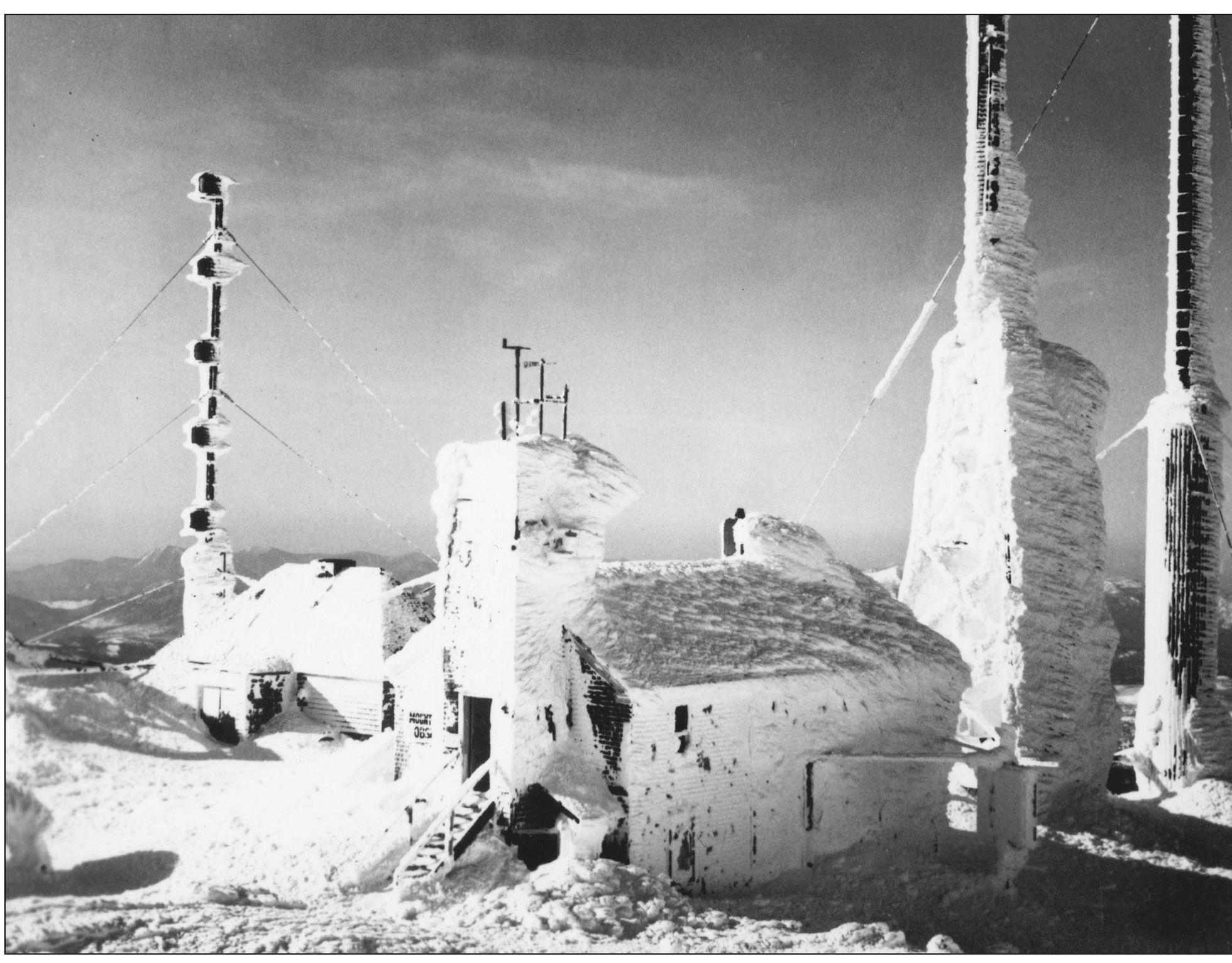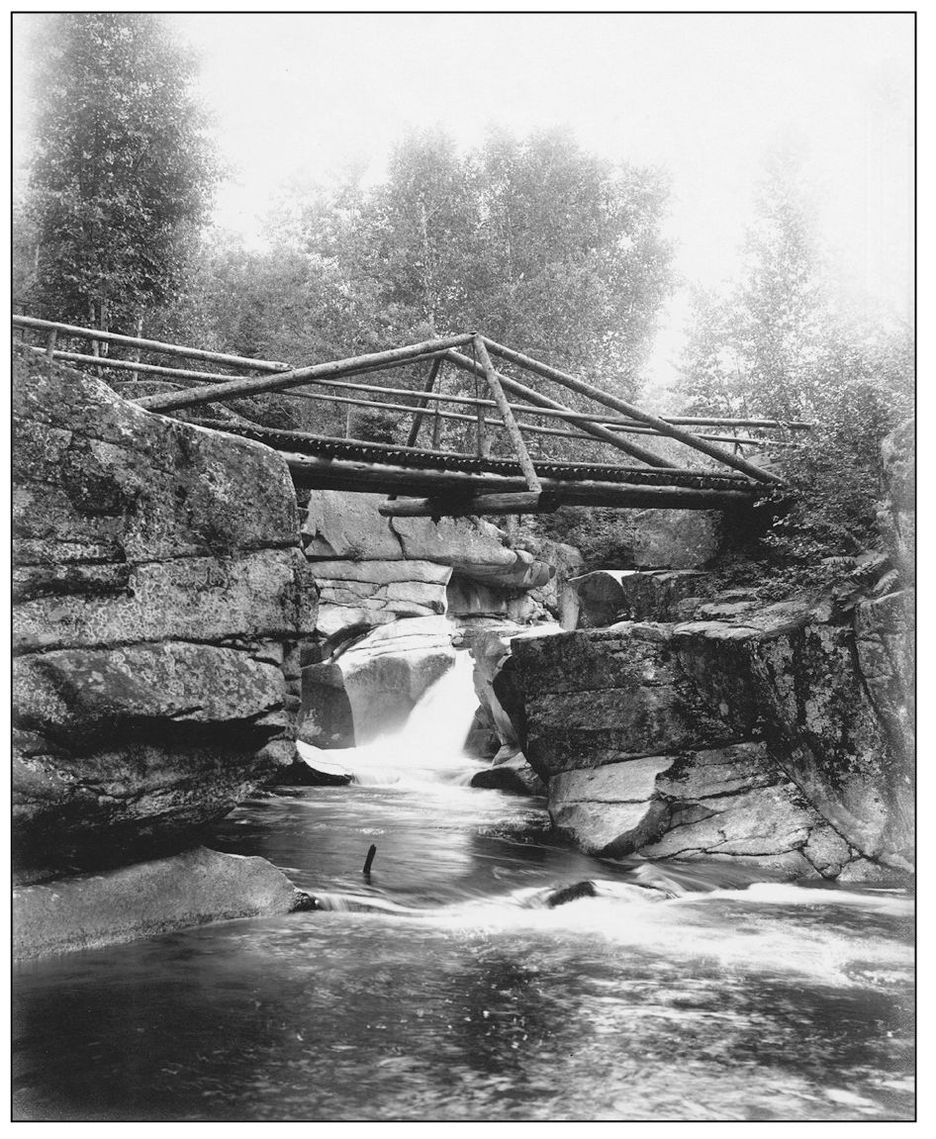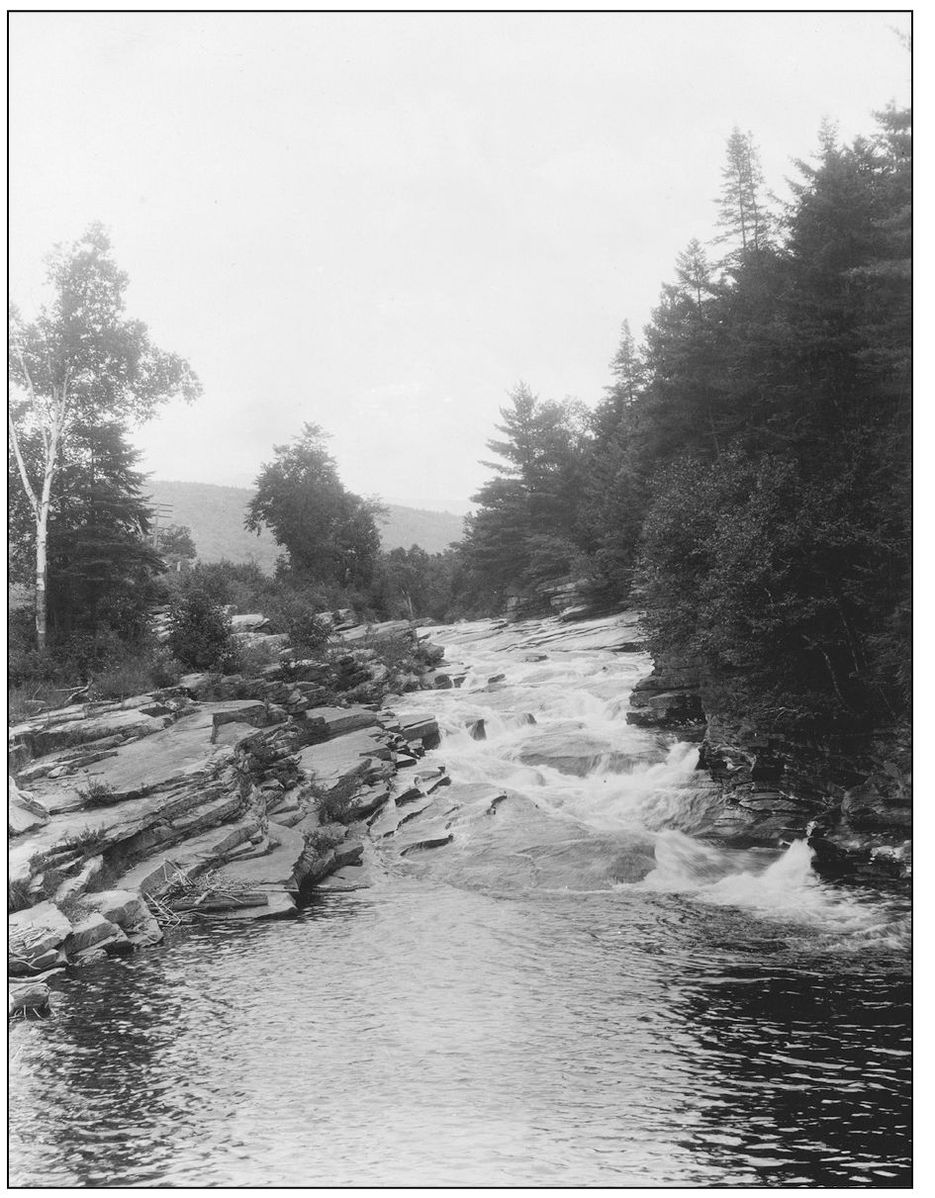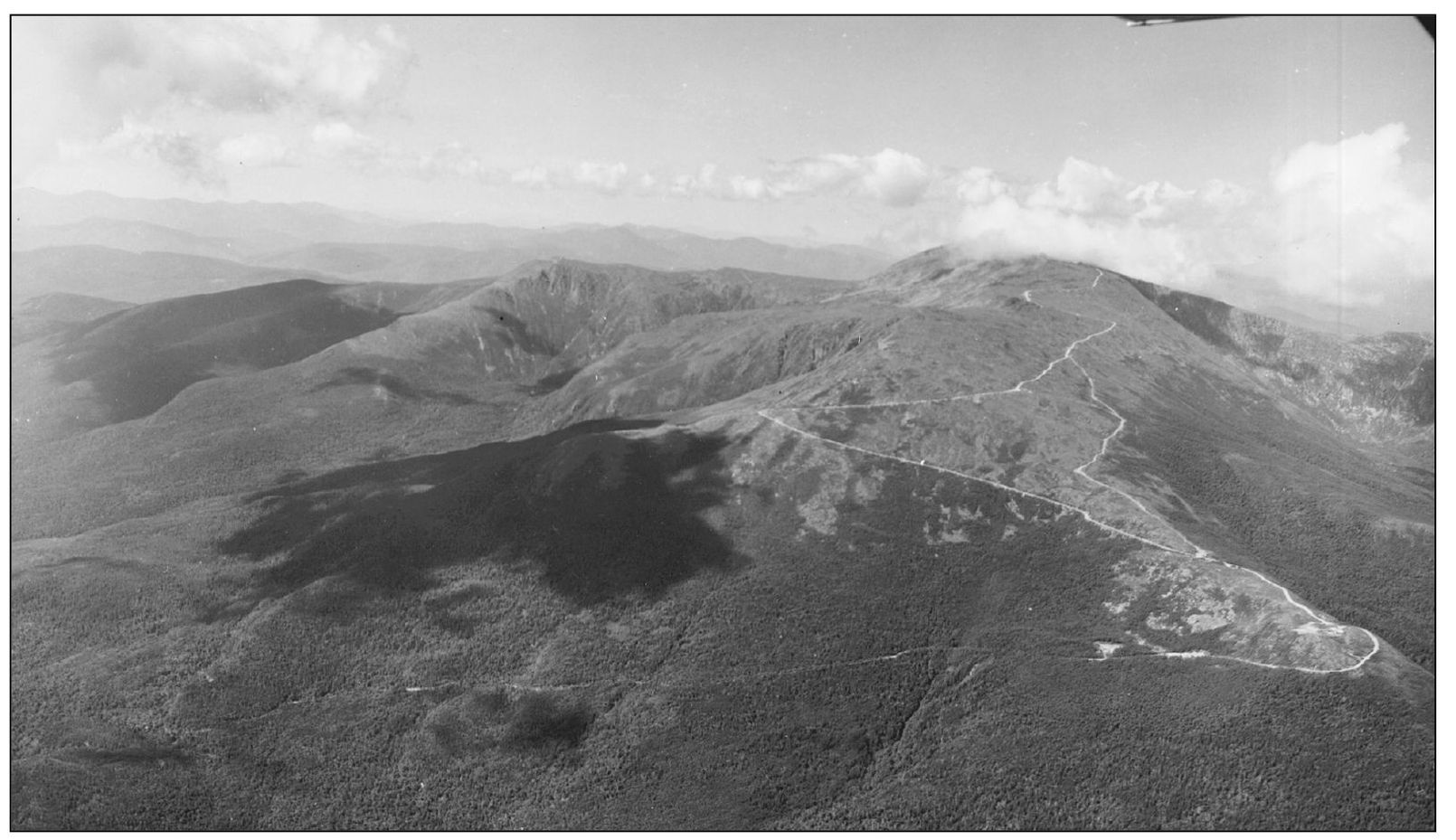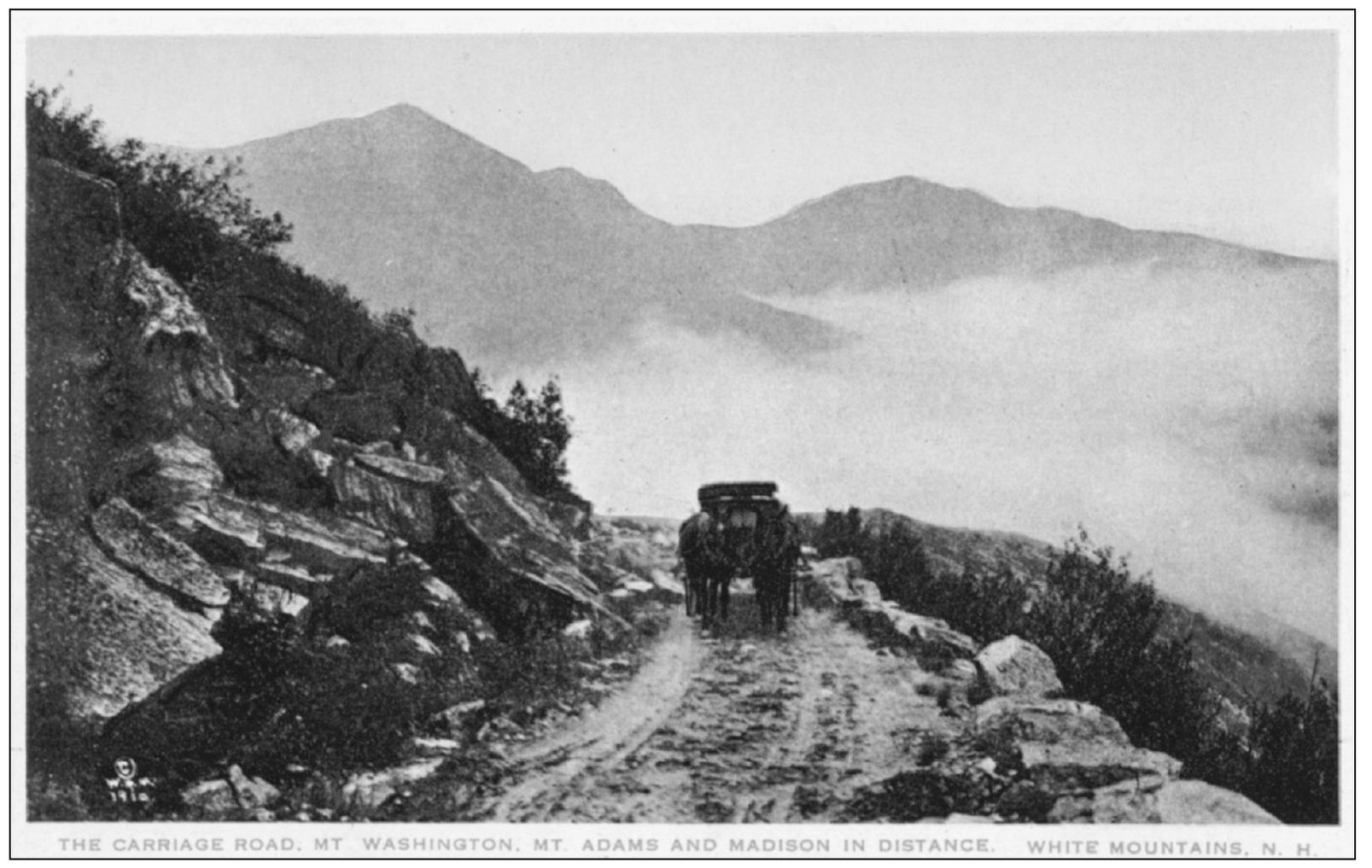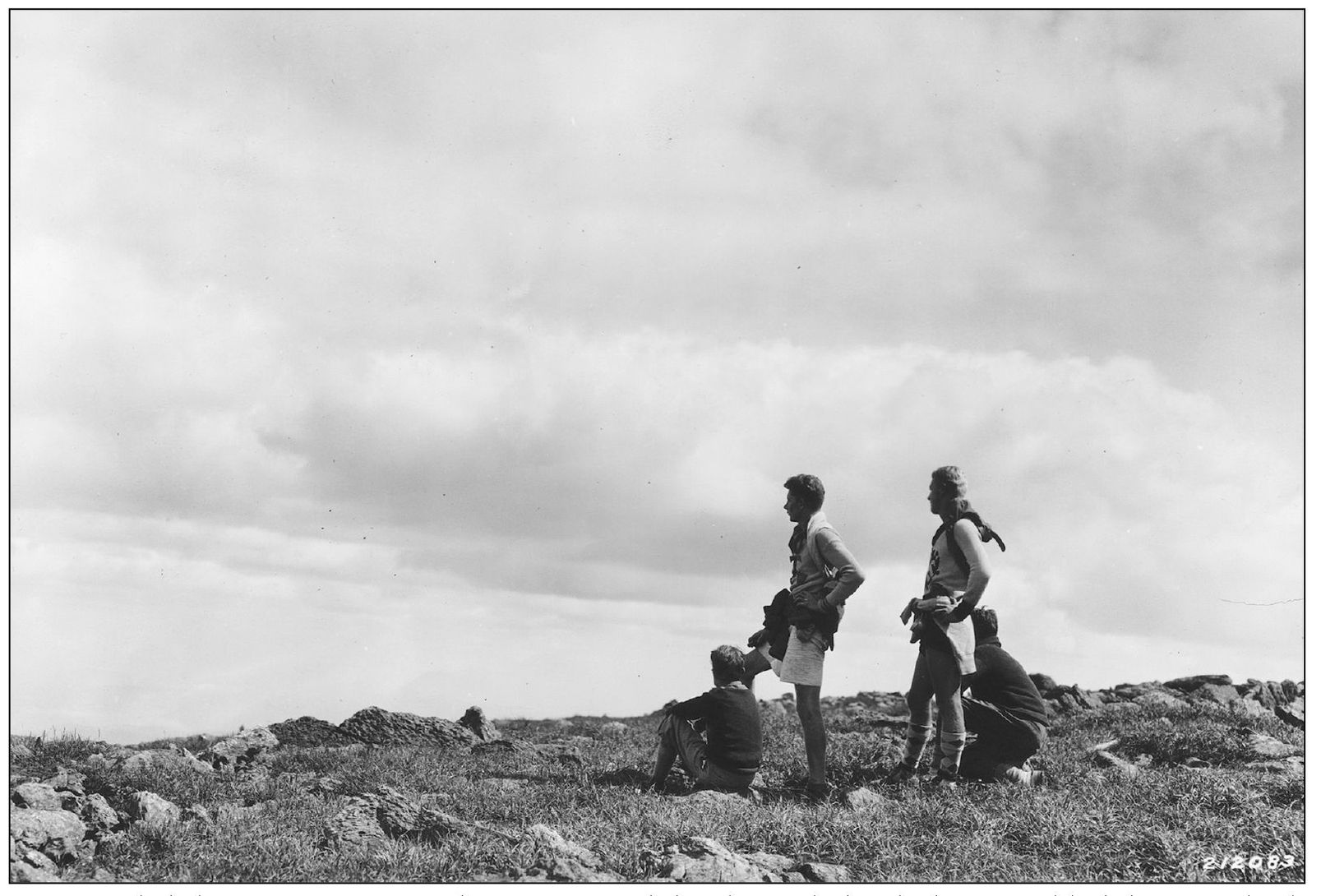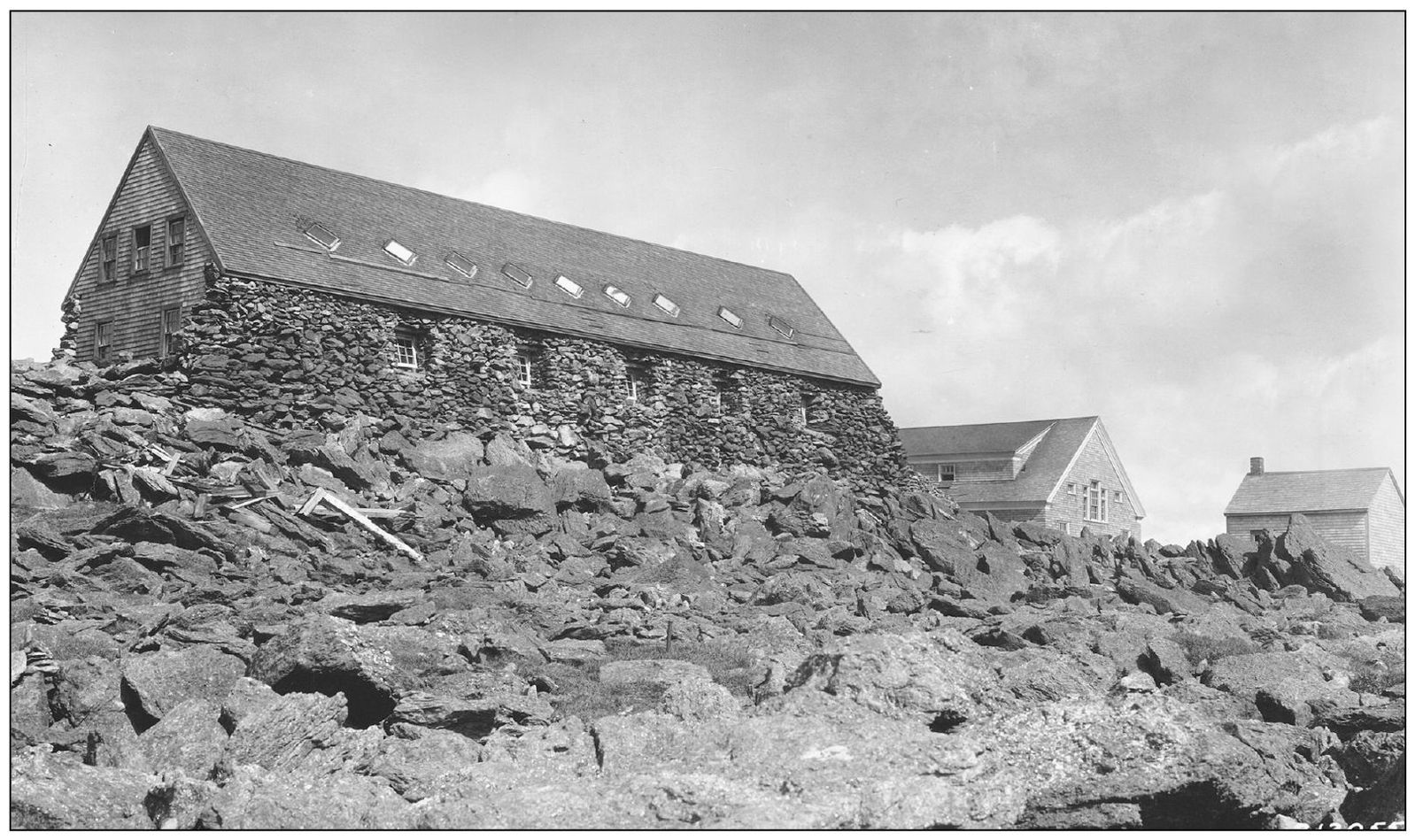One
THE PRESIDENTIAL RANGE
The White Mountain National Forest is the only national forest located in either New Hampshire or Maine. Most of the major peaks over 4,000 feet high in New Hampshire are located here. Over 100 miles of the Appalachian Trail traverses the White Mountain National Forest. The total area of land is 784,505 acres (1,225 square miles).
The Presidential Range poses majestically in the heart of the White Mountains. This aerial view of the east side of the range shows the carriage road as it weaves up the side of the mountain. Dropping gradually down from that superb height are Mount Monroe (elevation 5,372 feet), Franklin (elevation 5,001 feet), Eisenhower (elevation 4,760 feet), Jackson (elevation 4,052 feet), Pierce (elevation 4,310 feet), and Webster (elevation 3,910 feet). The Dry River rises in Oakes Gulf, a glacial cirque on the south slope of Mount Washington. The river flows southwest through a wooded mountain valley between the southern part of the Presidential to its west and the lower Montalban Ridge. The Presidential Wilderness is comprised of 29,000 acres, which was designated by the 1975 Eastern Wilderness Act in 1984; it was expanded by the New Hampshire Wilderness Act.
This is a view of the weather installation atop Mount Washington. The present observatory was launched in 1932 with a grant from the New Hampshire Academy of Science. It was that year when the first scientists from around the world gathered their meteorological observations to help develop new theories about the weather. Today, the Mount Washington Observatory is considered a class-A weather station for the US Weather Bureau. This is a winter scene of the Mount Washington summit and the weather station installation for 19371938. The observatory is operated by a nonprofit corporation and maintains museum exhibits in the Sherman Adams summit building.
An aerial view is shown of Mount Washington (elevation 6,288 feet), the Lake of the Clouds, and the AMC Hut on Mount Washington as they recline in a cloud cap at the left. Mount Washington is a broad and massive mountain with great ravines, which are cut deeply into its steep profile, leaving buttress ridges that reach up through the timberline and support the upper plateau. The timberline is realized at an elevation of 4,500 to 5,000 feet, depending on the degree of exposure to the weather.
The Upper Ammonoosuc Falls is a striking example of the fury of the little stream as it rushes from its source in the Lake of the Clouds on the side of Mount Monroe. Here at the falls, it rushes and plunges over and under the ledges of glistening granite.
The Lower Falls of the Ammonoosuc River is located between Twin Mountains (elevation 4,761 feet) and Fabyan, along highway 302. The stream descends over rapids and falls for approximately 50 feet and then continues through a narrow gorge of polished ledges of granite. This has been called the wildest stream in all New England, and it may well be for its water drop.
Looking southwest, this is an aerial view of the Mount Washington Auto Road as it winds itself to the summit. It was built between 1855 and 1861. Mount Washington is seen capped in clouds at right. The Mount Washington Auto Road has watched all the events that have shaped the national forest. The 100th anniversary of the Weeks Act is being celebrated in 2011. From the center of the photograph to the left is Huntington Ravine, Tuckerman Ravine, and the Great Gulf of Slides carved out of the eastern slopes of Mount Washington and the Presidential Range.
During the early 1900s, a horse-drawn carriage is proceeding up the road to the summit of Mount Washington. Mounts Adams (elevation 5774 feet) and Madison (elevation 5,366 feet) are seen in the distance. For the first few miles, the road climbs through thick scenic woods. The halfway point is almost exactly at the timberline, as seen in the photograph.
Near the summit of Mount Washington, an unidentified tourist is seen enjoying the view of the surrounding ranges. The first ascent of Mount Washington was made by Darby Fields, a New Hampshire settler who accomplished this feat in 1642 from a southerly approach of the mountain. Partly guided by Abenaki Indians and with only primitive equipment at his disposal, he is, thus, alleged to be the originator of all Mount Washington ascensions.
Many early hikers on Mount Washington found that loose, light clothing enabled them to climb more easily. There are well-marked trails, which offer many one-day tramps in the White Mountain National Forest. The Great Gulf Link Trail was formerly a segment of the Great Gulf Trail. It leaves Dolly Copp Campground at the south end of the main camp road, as seen here.


